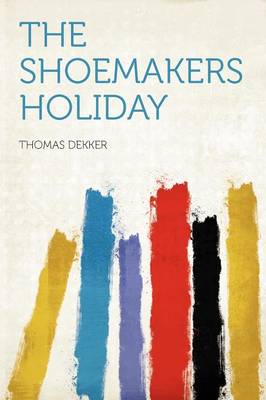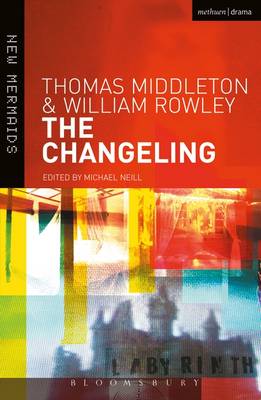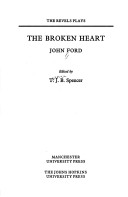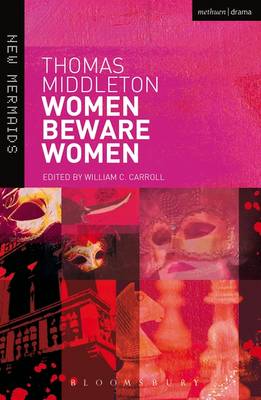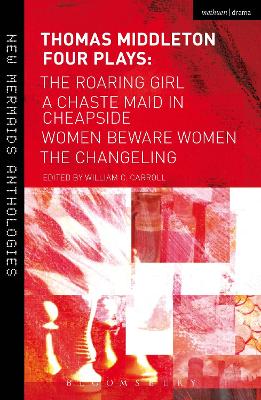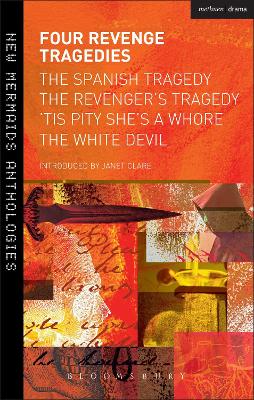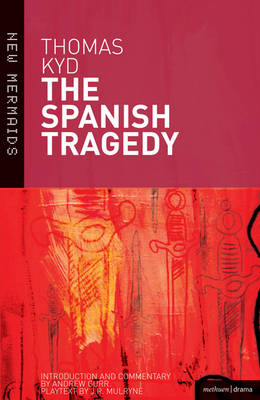New Mermaids
3 primary works • 11 total works
Book 2
Book 26
The date of the play's authorship is uncertain, and is...Read more
The date of the play's authorship is uncertain, and is generally placed in the 1625-32 period by scholars. The title page of the first edition states that the play was acted by the King's Men at the Blackfriars Theatre. The text is preceded by the motto "Fide Honor," an anagram for "John Forde," which Ford employs in other of his plays as well. The volume was dedicated to William Lord Craven, Baron of Hampsteed-Marshall.
In Kyd’s The Spanish Tragedy a grieving father seeks public justice for the murder of his son by envious princelings. When his attempts are thwarted he turns a court spectacle of murder into the ‘real’ thing. Blackly comic in its tone and style, The Revenger’s Tragedy (anon.) presents vengeance as mimetic art, witty and cruel. Ford’s ’Tis Pity She’s a Whore represents an innovative re-working of the genre as a brother’s love for his sister leads to his spectacular revenge on his rival, her husband, in a society in which brutal retaliation for perceived wrong is the norm. In Webster’s The White Devil crimes of passion ignite revenge in the courts of the Italian city states.
This student edition contains fully annotated, modernized texts of each play together with an introduction discussing the dramatic and poetic style of each play, focusing on its action and play of ideas.
